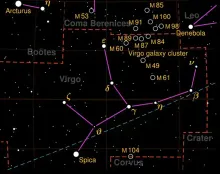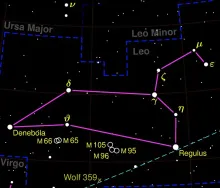Constellation Corona Borealis
Corona Borealis, the "Northern Crown," is a small yet distinct constellation in the Northern Hemisphere. It forms a semi-circular arc of stars that resembles a crown or tiara. This constellation is one of the 48 constellations listed by the 2nd-century astronomer Ptolemy and remains one of the 88 modern constellations recognized today.


